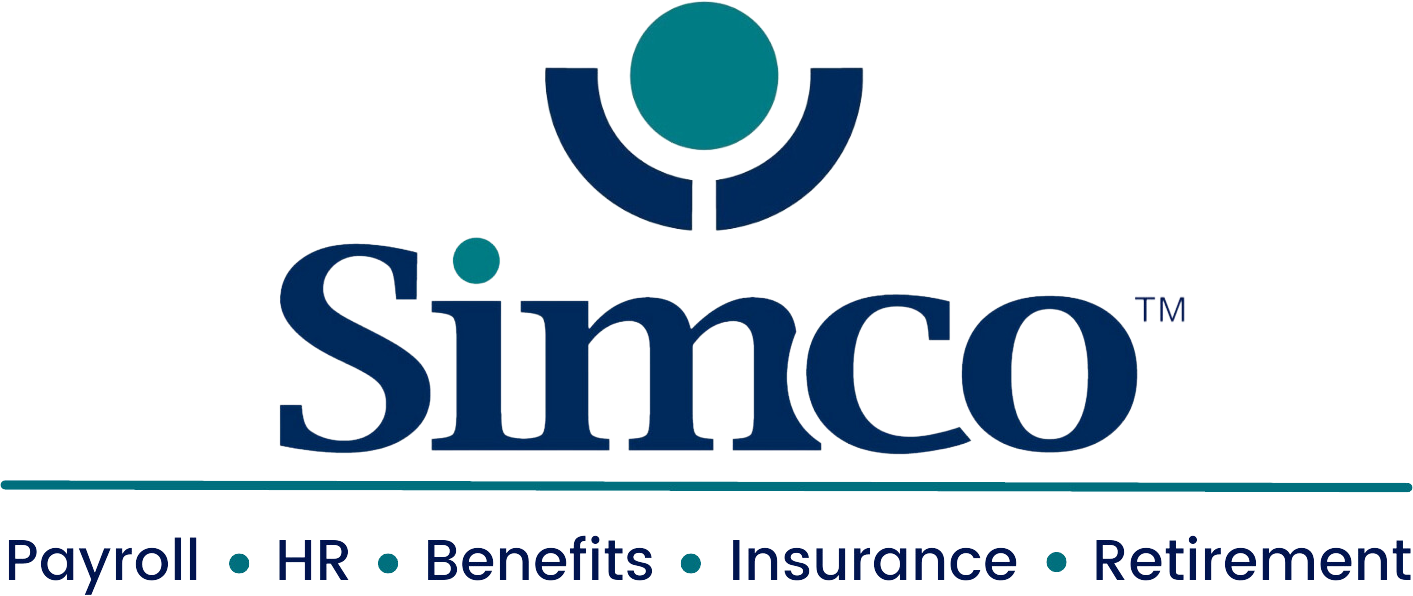
Employees face not only the ever-changing demands of their professional lives but also the constant challenges of managing their personal finances. In fact, a 2023 survey by professional services network PwC revealed that 57% of full-time employees say finances are the top cause of stress in their lives. The increasing cost of living, unexpected expenses, medical debt and economic uncertainties take a toll on employees’ well-being, impacting their overall productivity and job satisfaction. Financial stress impacts many aspects of employee well-being, such as mental health, sleep and self-esteem.
By recognizing and addressing the financial issues faced by their workforce, HR professionals can play a vital role in creating a supportive environment that fosters financial well-being. This article explores how HR can effectively support employees facing monetary challenges and help them enhance their financial resilience.
Benefits of Financial Support
Money is a top stressor for employees, and economic uncertainty has only exacerbated that. HR departments can provide support to employees with highly desired financial guidance and educational resources.
When employees experience lower financial stress, employers may see greater employee productivity, increased job satisfaction and lower absenteeism. Financial support can also boost employee retention. In fact, a Financial Health Network survey revealed that 62% of employees would be more likely to stay at a job that offered useful debt-related benefits.
Helping Employees Cope With Financial Issues
HR departments are uniquely positioned to help employees reduce or avoid financial issues. Here are some strategies for HR professionals to support employees facing financial challenges:
- Measure employees’ financial risks. Performing an audit can help employers better understand their employees’ financial risks and challenges. For example, HR professionals could analyze payroll data and employee benefits utilization to identify patterns that may indicate financial risks. Alternatively, they could develop a confidential questionnaire about personal finance for employees to complete. It could include questions about employees’ income, debts, savings, investments and financial goals. Audits can guide HR teams as they take steps to improve and fortify the financial health of the most at-risk employees.
- Survey employees. Knowing what employees need and want in terms of financial wellness is vital. Anonymous surveys can help HR departments understand their workforce’s needs and then take steps to meet those needs.
- Consider flexible compensation packages. Some of the most valued benefits are those that offer flexibility, improve work life and support financial wellness. Flexible compensation programs include lenient work-from-home policies, four-day workweeks and flexible bonuses. Other examples include educational assistance, career coaching and family planning.
- Enhance employee benefits. Organizations can offer benefits that best support a wide range of employee financial needs. HR professionals can review and enhance existing benefits packages to include options—such as financial wellness programs, health care discounts or child care assistance—that can help alleviate financial burdens and improve overall well-being.
- Establish referral networks. HR teams can partner with organizations, credit unions or financial institutions to provide employees with direct access to discounted services, loans or financial literacy workshops.
- Educate employees to be better health care consumers. Since medical debt impacts many Americans, HR professionals can help ensure employees are better educated about health care decisions—and what they cost. Educating employees can help them save money by becoming better health care consumers, making better choices and avoiding unnecessary or expensive care. HR professionals can increase employees’ health care knowledge by communicating clearly and often about the benefits plans they offer, educating them on the details of their health plan, and teaching them to compare prices and review medical bills.
- Facilitate open and honest finance-related conversations. By fostering a workplace culture that destigmatizes discussions around personal finance, HR professionals can encourage employees to seek help and support when needed. Establishing channels for confidential conversations or offering employee assistance programs that include financial counseling services can create a safe space where employees feel comfortable addressing their financial concerns without fear of judgment.
Summary
HR professionals can play a pivotal role in supporting employees facing financial issues. By prioritizing employees’ financial well-being, HR departments can create a nurturing environment that empowers individuals to make informed decisions, overcome financial hurdles, and thrive both personally and professionally. It comes down to helping workers enhance their financial resilience so they can tackle today’s financial challenges and be prepared to effectively handle any future pressures or issues.
Contact SimcoHR today for additional workplace guidance.
Sign up for our newsletter.




